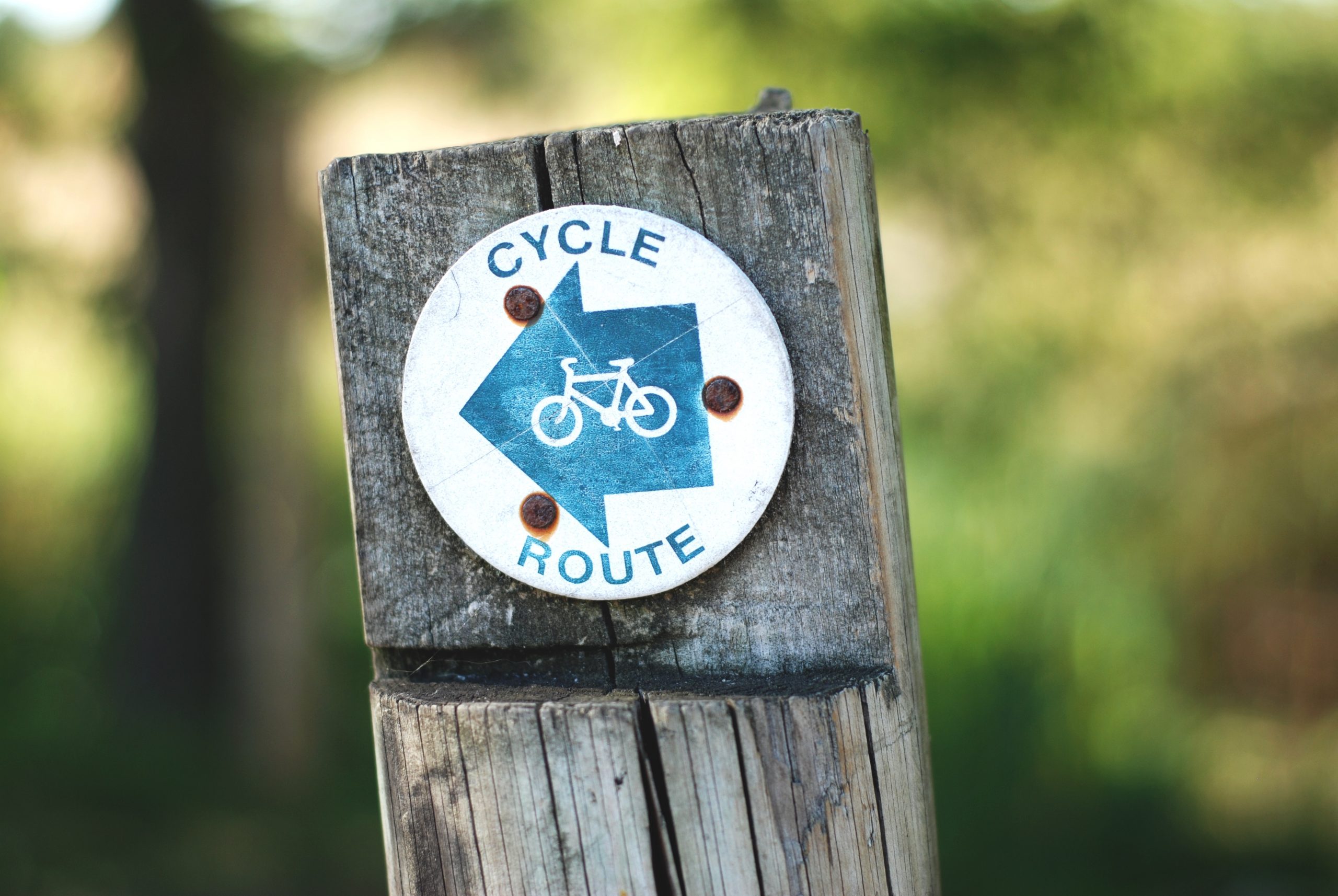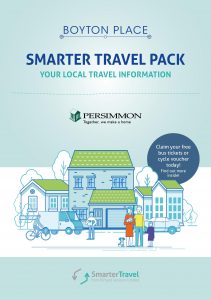
Sustrans Brief History
Sustrans are known for their active travel promotion and charity work, but arguably most famous for their contributions to the national cycling network.
Initially formed in Bristol in July 1977, ‘Sustrans’ started with a group of cyclists and environmentalists under the name ‘Cycle Bag’. The founders were motivated by emerging doubts about the desirability of over-dependence on the private car.
Luck came their way when the Midland Railway line between central Bristol and Bath closed, in favour of the more direct, former Great Western Railway between the cities. The group leased part of the old route and together with many volunteers, as well as the help of the Avon County Council, it was turned it into route number one, the Bristol & Bath Railway Path.
In 1983 the charity Sustrans was officially founded, and during 1995, it was granted a generous £43.5 million from the Millennium Lottery Fund to extend the National Cycle Network, connecting smaller towns and rural areas. Since the birth of Sustrans, they continue to benefit health and wellbeing, the UK’s economy and play a crucial role in connecting the UK by means of sustainable travel.

National Cycle Routes
Fast forward 20 years from the lottery fund, and we are well connected through the gradual implementation and expansion of cycle infrastructure throughout the UK; and it continues to improve. The National Cycle Network is Sustrans biggest project, owning around 2% (271 miles) of the total Network in the UK. The rest belongs to various landowners, who are partly responsible for their own area. However, Sustran are custodians to the National Cycle Route which commits them to maintaining most stretches of the national routes.
In 2020, around a quarter of the National Cycle Network was scrapped on safety grounds, leaving behind 12,739 miles of signed routes. This includes 5,220 miles of traffic-free paths with the remaining 7,519 miles on-road, 163 miles of those are in London. The routes that have been scrapped will be improved and reopened as part of a plan to enhance safety standards to make cycling more enjoyable and accessible for less experienced cyclists.
Sustrans works incredibly hard to maintain these routes, making them safe and usable for cyclists to commute on and enjoy leisurely rides. The network has millions of trips annually, including cycling and walking. The aim is to remove hinderances and implement new infrastructure so that the cycle routes can be safe and quick to use, in the hope that cycling could one day become the primary mode of transport.
Areas in the UK have different goals for the development of the National Cycle Network. In London, the National Cycle Network aims to take car trips off the road, relieving congestion because of the growing population. Elsewhere in the UK a lot of revenue is generated through the National Cycle Network, particularly where there are tourist trips. In Scotland, small businesses are growing up along the network, but it’s also about providing the means to travel your regular journey more sustainably.
Community
Other than the infrastructure work, Sustrans have behaviour changes they have to focus on, working with people to encourage them to cycle and walk. They have a policy piece where efforts are made to influence the decision makers in London to do a better job in making cities more liveable.
As a charity, volunteers are the backbone to Sustrans continued growth and success, and there are several easy ways you can get involved and help your community.
Look after the National Cycle Network
By picking up litter, cutting back vegetation, if you use a regular route, you can carry out route checks and report anything that is or starting to become a hindrance to users. The cycle route is yours, Sustran designs and maintains routes to the best of their ability, but this is a community asset that if looked after can be useful to all to enjoy all year round.
Protect local wildlife
By becoming a Sustrans wildlife volunteer.Sustrans wildlife volunteers help by keeping records of nature on your local routes, monitoring wildlife, plant and flower growth and creating spaces where people can come and learn about nature and conservation. Making these spaces more than roads and cycle paths, but spaces for people, not machines.
Promote active travel
In your community by supporting people in your local area to be more active. You can run local events, help teach young people in schools to cycle or scoot, lead rides or walks and host information stalls to promote Sustrans.
Have Your Say
Feedback from Smarter Travel surveys indicate that most residents do not cycle/walk because of unsuitable roads/pathways. As previously mentioned, The National Cycling Network brings huge benefits to the UK’s economy and peoples health and wellbeing (see figure 1) So local authorities need to recognise the benefits and support the network. We have built around the motorised vehicle for many years, and now is the time to reverse our actions to benefit our environment, economy, and ourselves for the future.
To find out more on cycling as a primary use of transport and discover how we can return the streets back to the people, please read our ‘Streets for The People’ blog.



